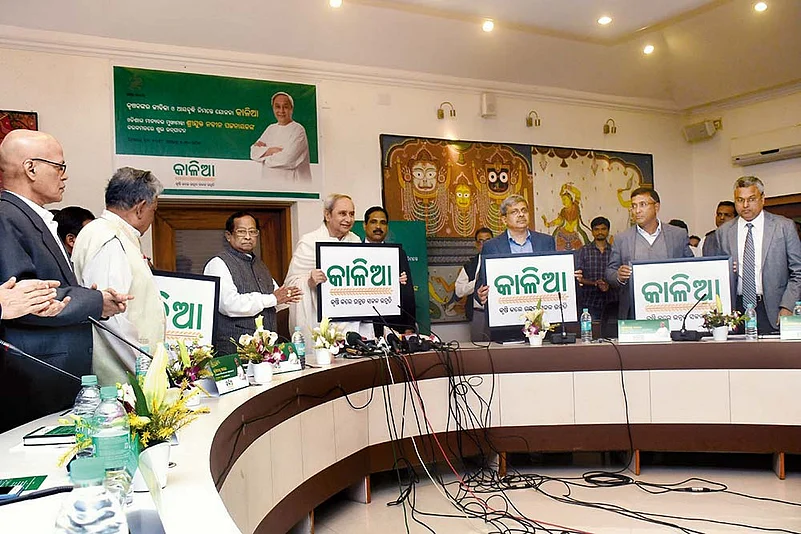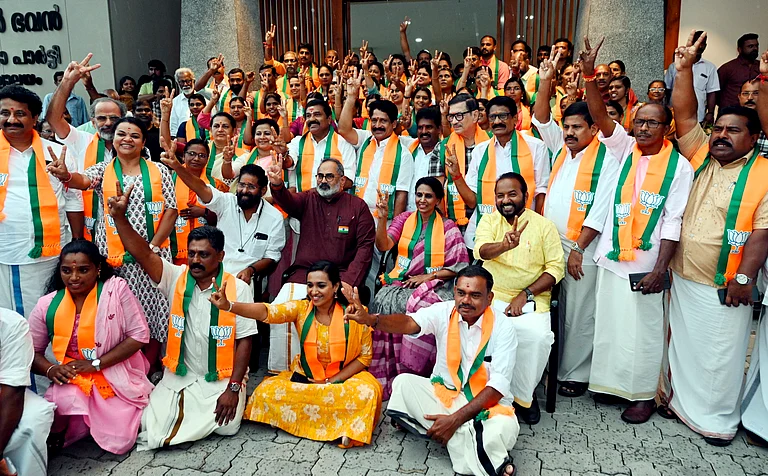It was touted as a ‘game changer’ when it was launched last December, barely a few months ahead of the elections. The Naveen Patnaik government touted it as a panacea for the woes of agricultural workers—farmers, sharecroppers and even farm hands—in Odisha. Leading economists and planners bought into the promise and hailed the Krushak Assistance for Livelihood and Income Augmentation (KALIA) scheme as the best thing to happen to farm workers in India. In one swoop, the anger and resentment among farmers—about 60 per cent of the state’s population—against the government dissipated. In fact, many attribute BJD’s fifth successive innings in power to the overwhelming support of agricultural workers.
But less than a year later, the dream is chipping at the edges, both for purveyors of the promises and their buyers. After distributing the first instalment of the biannual assistance and promising the second on “the day the government assumes office”, the cash-strapped government is at a loss to procure the money for the second instalment. The expenditure on the first tranche disbursed to 52.5 lakh farmers was Rs 2,552 crore, as per the figures agriculture minister Arun Sahoo presented in the assembly. The government has been able to give the second instalment of Rs 5,000 each to only about 10 lakh beneficiaries. With revenue from the mining sector down to its lowest in decades due to inoperative mines, there is simply no money in the exchequer to fund the ‘game changer’—the state has already run up debts of more than Rs 87,000 crore.
To salvage the scheme, the government has merged it with the Centre’s PM Kisan Samman Nidhi (PM-KISAN) scheme. Consequently, it has to pay only Rs 4,000 a year to each farmer instead of Rs 10,000—the rest of the money will be drawn from the PM-KISAN scheme. As a result, a farmer who was earlier entitled to Rs 16,000—Rs 10,000 under KALIA and Rs 6,000 under PM-KISAN—will now get only Rs 10,000 a year.
But farmers’ travails don’t end there. According to a notification issued by the state government on November 30, only small and marginal farmers will get assistance under the KALIA scheme from now onwards, while farmers with large landholdings will get only the Rs 6,000 a year due to them under the PM-KISAN scheme. The yearly assistance of Rs 12,500 for landless farmers has been slashed to Rs 10,000 and the provision of an interest-free loan of Rs 50,000 has been done away with altogether.
Considering that the Odisha government banked on the KALIA scheme to win a fifth term, it has proved be a game changer—but only for the BJD and CM Naveen Patnaik, not for the farmers of the state.
By Sandeep Sahu in Bhubaneswar


























